
Last Updated on September 3, 2025
Hey, fighters and fitness fans! Picture this: You’re itching for that satisfying thwack of a punch, but your cramped apartment or tight budget is throwing hooks at your plans. I’ve been right there scouring online forums, testing gear in my living room, and even rigging up makeshift setups during late-night sessions. Over the years, I’ve dived deep into the world of punching bag substitutes, and with 2025 bringing a wave of smart tech and eco-friendly innovations, it’s the perfect time to refresh things. Whether you’re dodging heavy bag prices or just craving variety, these alternatives keep your training sharp, fun, and effective. Let’s break it down with real-world picks from top platforms like Amazon, where trends like water-filled bags and AI-tracked reflex tools are dominating best-seller lists.
When Life Throws Punches: Why Ditch the Traditional Heavy Bag?
I’ve stared down those bulky, heavy bags at the gym, only to realize they won’t fit in my space or wallet. But here’s the kicker, alternatives aren’t just backups; they’re game-changers. Space crunch? Budget blues? Or maybe you’re chasing better agility over brute force? These options target everything from precision strikes to mental focus, blending old-school grit with 2025’s hottest trends like VR simulations and sensor-equipped gear. Additionally, they reduce joint stress while increasing versatility, making your sessions more sustainable and enjoyable.
Key perks I’ve noticed firsthand:
Space-Saving Smarts: Foldable or portable tools that tuck away easily.
Cost-Effective Wins: Many under $100, with Amazon deals popping up constantly.
Skill-Specific Boosts: Hone speed, power, or defense without the full setup.
Drawing from my own trial-and-error (and recent dives into Amazon reviews and fitness forums), here’s a curated list of 15 punching bag alternatives. I’ve updated it with trending picks, like the surge in water bags for joint-friendly resistance and reflex bags for HIIT-style drills. Each includes pros, cons, and where to snag them, focusing on best-sellers with stellar user feedback.
The Ultimate 2025 Lineup: 15 Punching Bag Substitutes That Pack a Punch
Shadow Boxing: Your Invisible Sparring Partner Reimagined
Back in my early days, I’d shadow box to hip-hop beats in front of a mirror, feeling like a champ dodging ghosts. Now, amp it with 2025’s wearable tech think smart gloves that track punch speed via apps. It’s zero-equipment freedom that builds footwork and cardio.
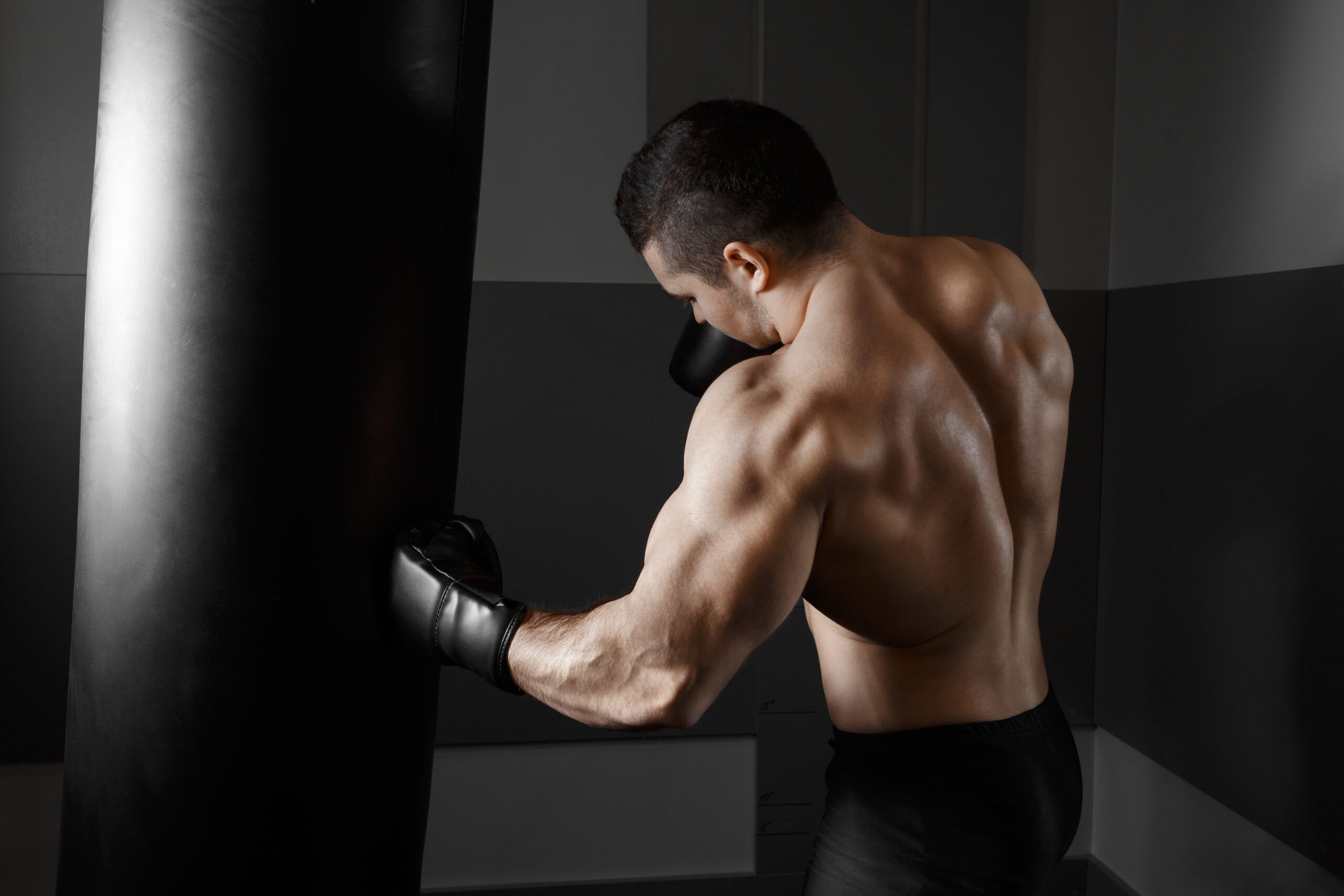
- Features: Air strikes with optional weights or VR overlays for simulated opponents.
- Pros: Boosts technique, agility, and endurance; totally free and portable.
- Cons: No impact feedback, so mix in resistance for power.
>>Grab Shadow Boxing Weights on Amazon, trending with 4.5-star averages for under $20.
Sparring Sessions: Real-Time Thrills with a Buddy
Nothing beats the adrenaline of light sparring with a friend; we’d laugh off misses while sharpening timing. In 2025, apps like FightCamp alternatives connect you with virtual partners or local matches, making it a safer and more accessible experience.
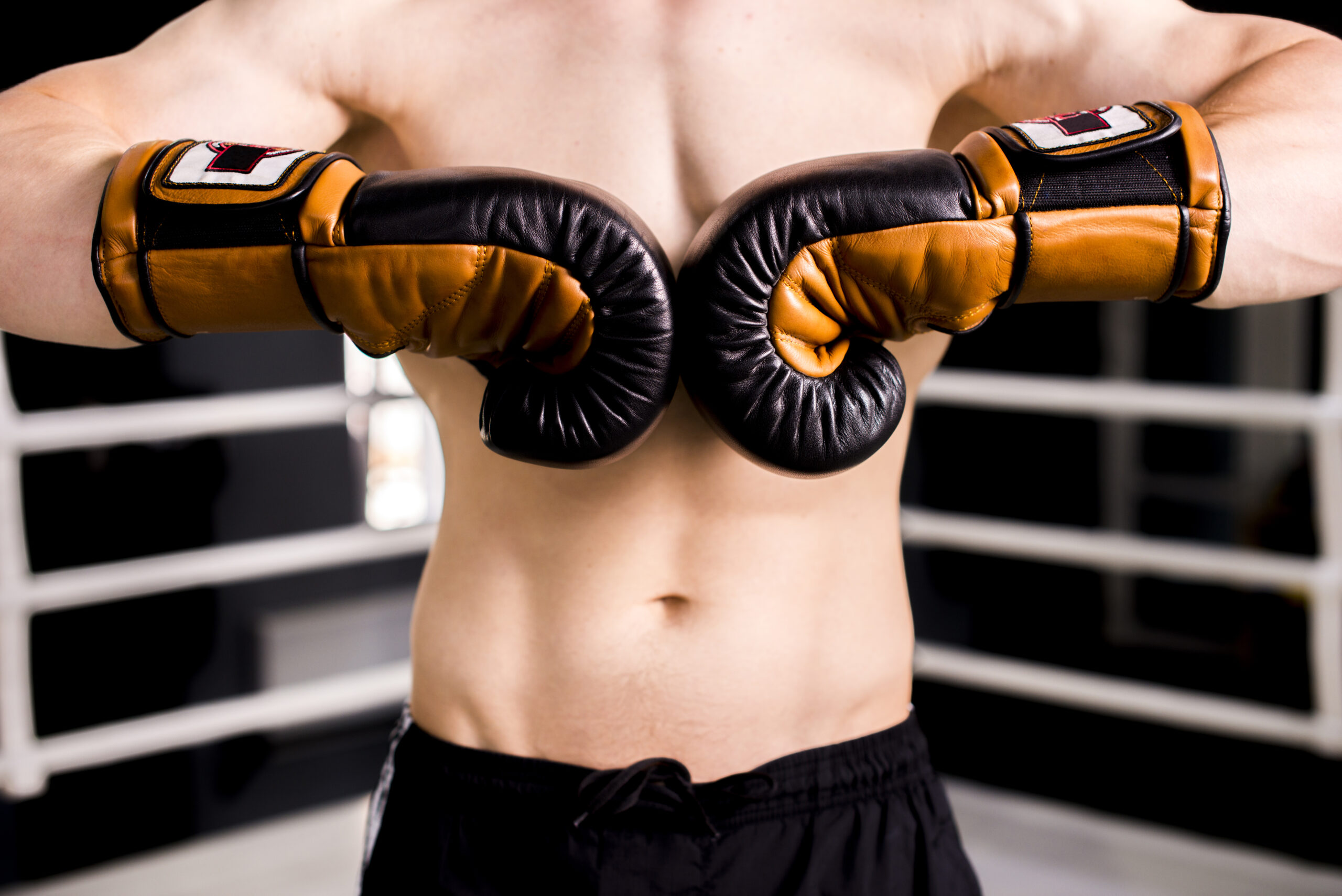
- Features: Partner drills mimicking fights, now with AI feedback tools.
- Pros: Builds reaction skills and strategy; fun social element.
- Cons: Needs a reliable partner; always gear up to avoid bumps.
>>Check Sparring Gloves on Amazon. Eco-friendly options from Hayabusa are flying off the shelves.
Focus Mitts: Precision Play in Your Living Space
My partner and I turned mitt work into a dance-off, dodging and striking like pros. These padded targets are perfect for accuracy drills, and trending sets now include gel padding for better shock absorption.

- Features: Handheld pads for combo practice.
- Pros: Enhances timing and coordination; interactive and engaging.
- Cons: Partner-required; not ideal solo.
>>Snag Focus Mitts on Amazon, best-sellers like Everlast’s updated models with 4.7 stars
Wrist Weights: Stealth Strength Builders
Slipping on weights during routines made me feel unstoppable, adding that extra burn without bulk. 2025 versions are adjustable and sweat-resistant, ideal for hybrid workouts.
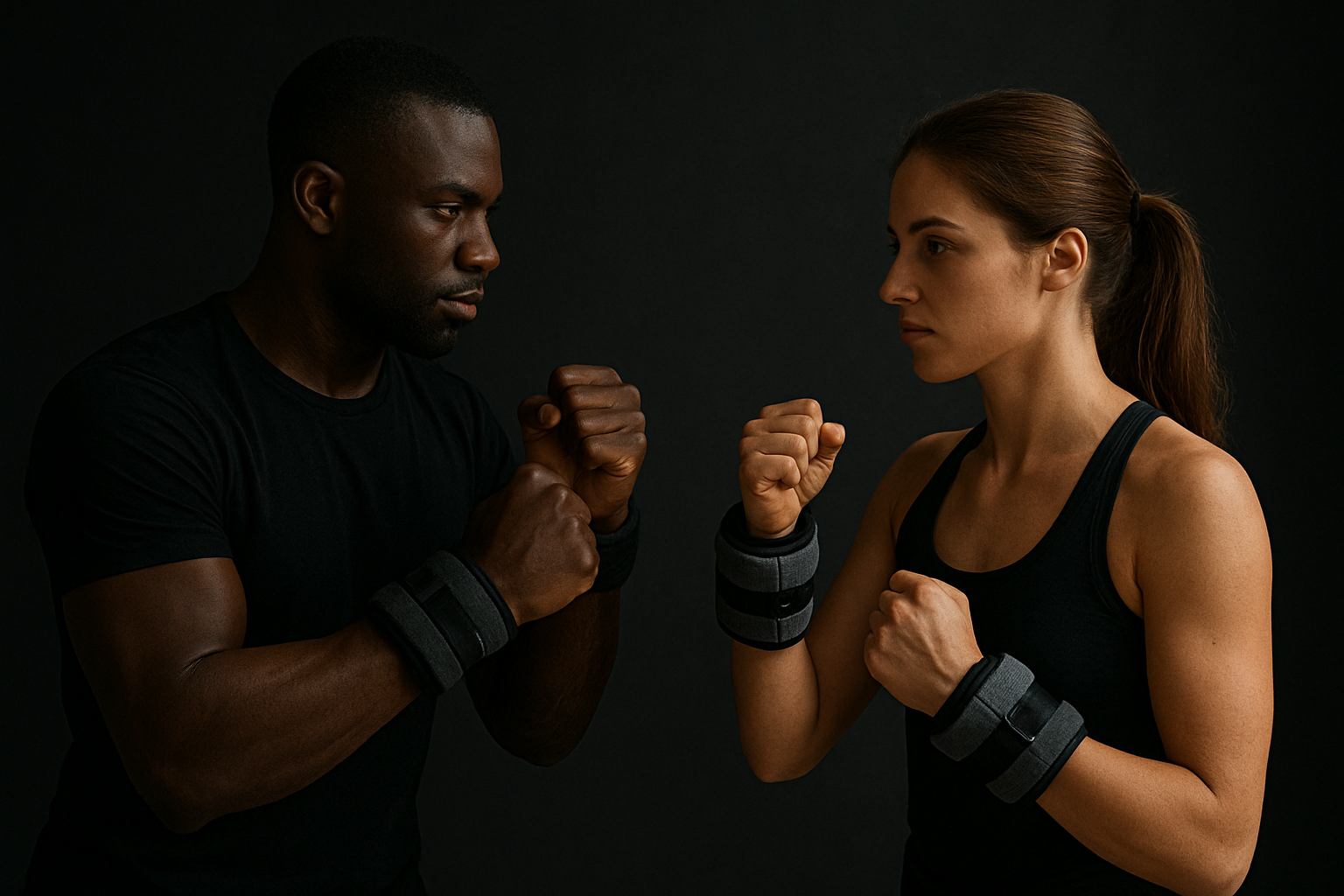
- Features: Wearable resistance for punches and cardio.
- Pros: Builds endurance; pairs with shadow boxing.
- Cons: Overuse risks strain, start light.
>>Pick up Wrist Weights on Amazon, trending for home fitness at budget prices.
Free-Standing Bags: Your Movable Heavyweight Rival
I finally splurged on one after endless apartment woes; it’s stable yet stashable. Top trends point to models like FITVEN’s freestanding bag, a 2025 Amazon best-seller with suction bases for zero wobble.
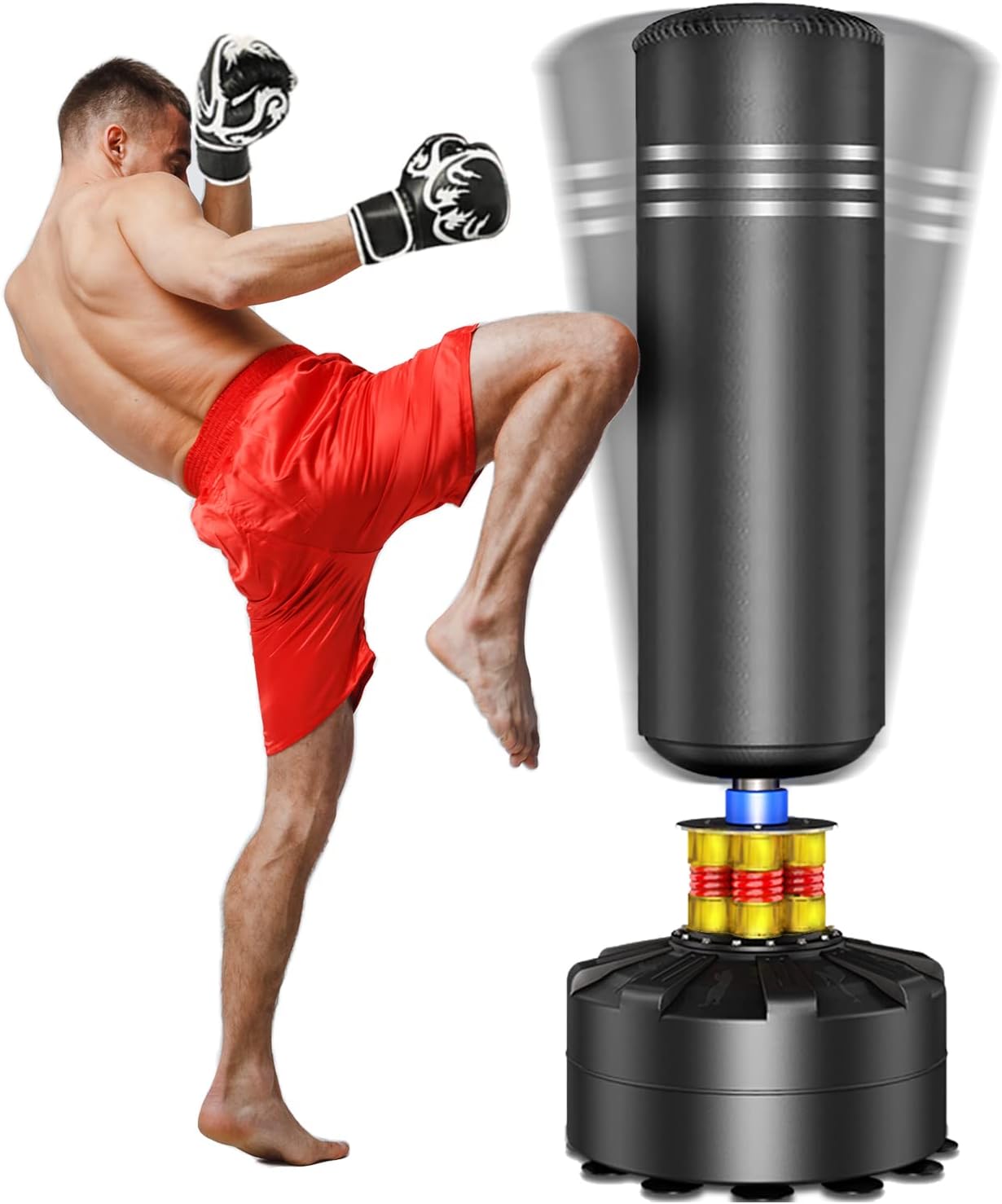
- Features: Base-filled for stability, no ceiling mount needed.
- Pros: Great for power strikes; easy to relocate.
- Cons: Can tip on uneven floors.
>>Score Free-Standing Bags on Amazon, FITVEN leads with thousands of reviews.
Wooden Dummies: Martial Arts Mastery at Home
Crafting a simple dummy sparked my inner Bruce Lee vibes, perfect for blocks and strikes. Updated eco-versions utilize sustainable wood, aligning with the 2025 green gear push.

- Features: Arm-and-leg setup for form drills.
- Pros: Precision training; durable for daily use.
- Cons: Pricey; less forgiving on joints.
>>Explore Wing Chun Wooden Dummies on Amazon.
Kick Shields: Power Kicks with a Human Touch
Convincing a pal to hold one led to epic sessions (and a few flinches). These are trending for Muay Thai fans, featuring thicker foam to meet the high-impact needs of 2025.

- Features: Large pads for kicks and punches.
- Pros: Builds explosive power; partner bonding.
- Cons: Bulky storage; needs a holder.
>>Get Kick Shields on Amazon, top-rated for MMA cross-training.
Improvised Surfaces: Everyday Hacks Gone Pro
Pillows were my starter “bag,” but now I swear by wall-mounted pads or makiwara boards for controlled hits. 2025 alternatives include no-drill suction models for apartments.
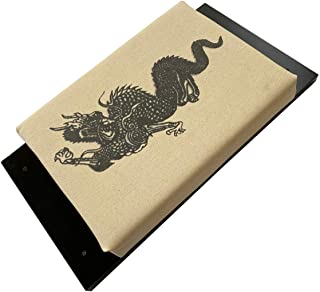
- Features: Soft or padded household items upgraded.
- Pros: Super cheap and accessible.
- Cons: Lacks durability upgrades quickly.
Try Makiwara Training Boards on Amazon.
Spar Bars: Agility Drills Like a Pro
Dodging those rotating arms felt like a movie montage, pure reflex magic. Trending smart versions track dodges via apps.
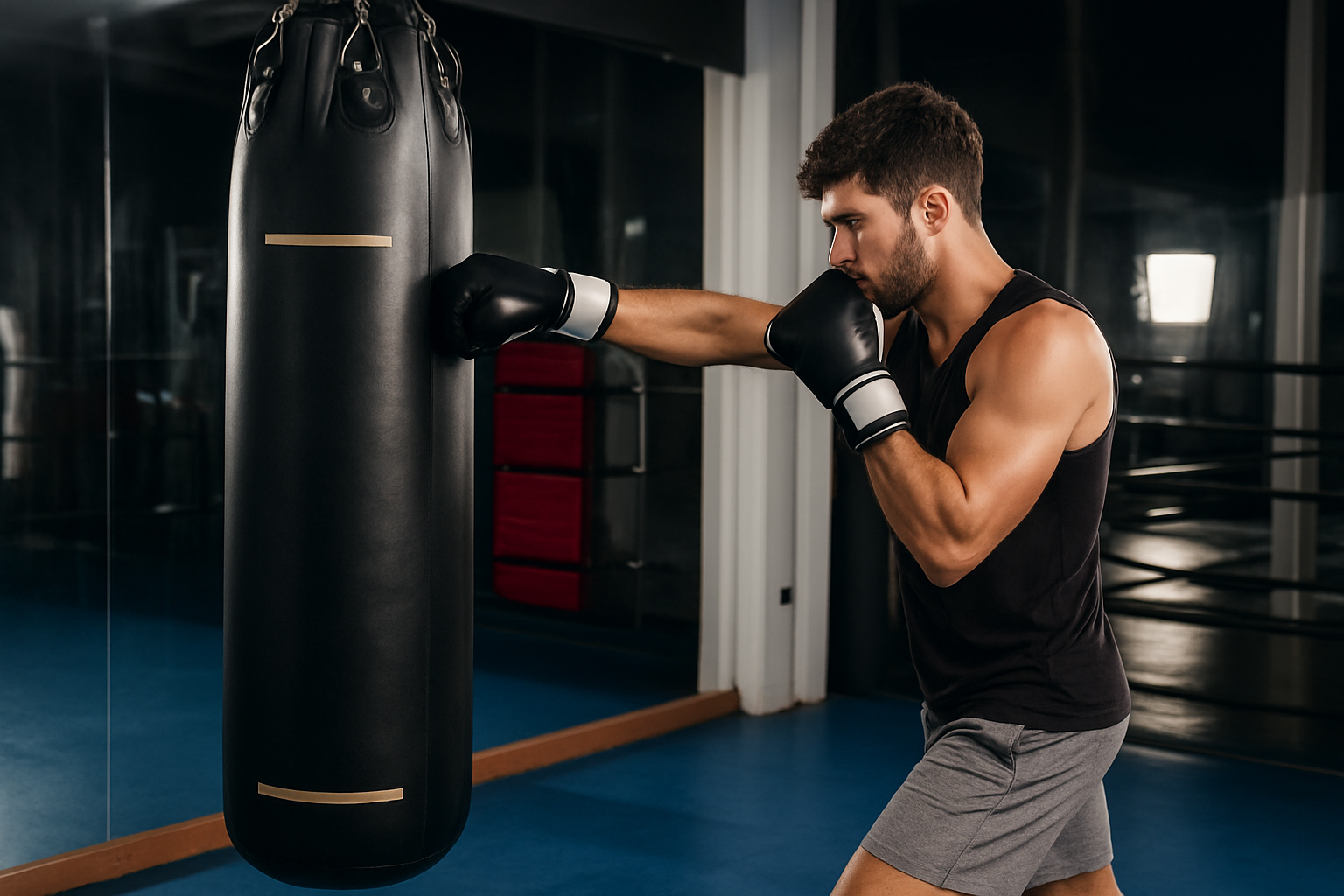
- Features: Pole with spinning arms for evasion.
- Pros: Sharpens head movement and timing.
- Cons: Focuses more on speed than power.
Water-Filled Bags: The Joint-Friendly Squish Sensation
Skeptical at first, but the realistic “give” mimics a real opponent better than sand. Trending hard in 2025 for reduced wrist strain, Amazon’s seeing a boom in sales.

- Features: Fluid resistance for natural feedback.
- Pros: Easier on hands; adjustable firmness.
- Cons: Leak potential check seals.
Dive into Water-Filled Punching Bags on Amazon
Air-Filled Bags: Speed Demons for Beginners
Light and bouncy, these helped me channel my inner Ali. 2025 inflatables are portable and eco-made.

- Features: Inflatable for quick setups.
- Pros: Low injury risk; great for speed work.
- Cons: Not for heavy hitters.
>>Check Air-Filled Options on Amazon’s Meister Store.
Resistance Bands: Fighting the Invisible Pull
These turned my punches into power surges, portable and versatile for travel workouts. New sets integrate with apps for guided routines.
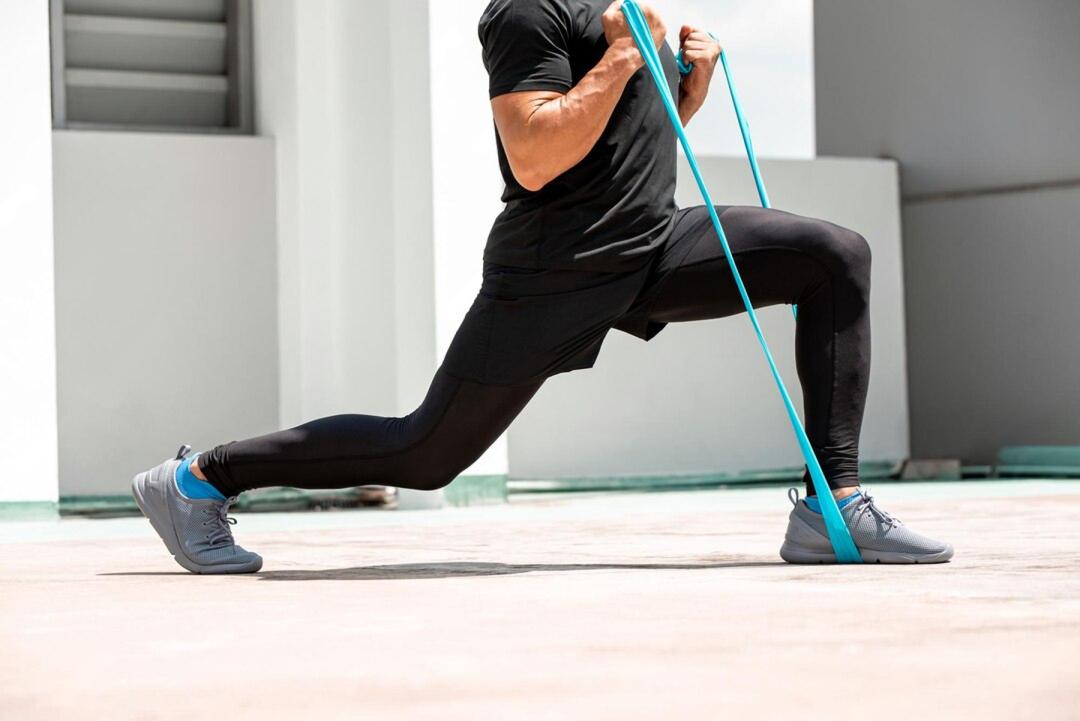
- Features: Elastic resistance for dynamic pulls.
- Pros: Explosive strength; compact.
- Cons: Snap risk if worn, inspect often.
>>Grab Resistance Bands on Amazon.
Boxing Reflex Balls: Coordination Chaos (in a Good Way)
My first face-smack was humbling, but it skyrocketed my reactions. 2025 models, like the Juke, add dynamic motion for better footwork.

- Features: Bouncing ball on headband.
- Pros: Hand-eye mastery; addictive fun.
- Cons: Limited power focus.
>>Buy Boxing Reflex Balls on Amazon. Jukestir’s a hot seller.
Punch Balls with Stands: Mini Precision Targets
Like a pint-sized foe, adjustable for all heights. Trending for home HIIT with speed-tracking add-ons.

- Features: Stand-mounted ball for strikes.
- Pros: Timing drills; user-friendly.
- Cons: Wobbles on hard hits.
Find Punch Balls with Stands on Amazon.
Virtual Reality Boxing: Immersive Fights from Your Couch
Stepping into VR felt futuristic, dodging digital jabs while burning calories. 2025 trends include AI coaches and multiplayer modes, making it a top alternative to FightCamp.

- Features: Headset simulations with scenarios.
- Pros: Engaging variety; no physical setup.
- Cons: Gear cost; misses real impact.
Dive into VR Boxing on Amazon; Oculus-integrated kits are trending.
Why These Alternatives Trump Traditional Bags in 2025
From my sessions, these tools shine in defense-building (reflex balls crush it) and joint care (water bags are a lifesaver). They amp agility via HIIT trends and even weave in mental perks like mindfulness drills. Plus, with eco-materials rising, you’re training green.
DIY Punching Bag Hacks: Craft Your Custom Beast
Channel your inner inventor. I once MacGyvered a bag from old tires for that rugged feel. Here’s an updated guide with 2025 twists:
- Fabric Pick: Opt for recycled canvas for sustainability.
- Filling: Mix foam and water bladders for adjustable resistance.
- Assembly: Secure with heavy-duty zips; add sensors for smart tracking.
- Safety First: Test durability; clear space to avoid mishaps.
Pro Tips for Bag-Free Training
Visualize foes in shadow boxing, layer bodyweight moves, and drill footwork with app-guided patterns. Mix in 2025’s mental conditioning for focus wins.
Your Stories Fuel the Fire
What’s your top pick: VR thrills or reflex ball chaos? Share below; let’s swap tips and keep the community punching strong!
Wrapping It Up: Keep Your Training Fresh and Fierce
Exploring these punching bag alternatives transformed my routine from stale to stellar. In 2025, with trends like smart gear and hybrid workouts, there’s no excuse to stall. Find what clicks, stay consistent, and enjoy the ride, whether it’s air punches or high-tech hooks.
FAQs:
What Is the Best Material for a DIY Punching Bag?
When building your own alternative punching bag, durability is key to handling repeated strikes without tearing. Heavy-duty canvas or synthetic leather tops the list for its toughness and affordability. Canvas offers breathability and ease of sewing, while synthetic leather (or vegan options) resists wear and adds an eco-friendly edge for sustainability-focused fighters. For outdoor use, consider vinyl for weather resistance. Avoid thin fabrics like cotton sheets; they won’t hold up. Pro tip: Source recycled materials from thrift stores to keep costs under $20 and align with 2025’s green fitness trends.
Can You Train Effectively Without a Heavy Bag?
Absolutely, punching bag alternatives like shadow boxing, focus mitts, or resistance bands deliver comparable results for technique, speed, and endurance. Shadow boxing hones footwork and form in tight spaces, while adding jumping rope builds cardio and agility without any gear. In fact, many pros incorporate no-equipment drills like plyometric push-ups or wall punches for real-world skill-building. A 15-minute HIIT session with punch combos can burn 300-500 calories, proving you don’t need a traditional setup to stay fight-ready. Just focus on proper form to avoid strain.
How Do I Ensure My Homemade Punching Bag Is Safe?
Safety starts with sturdy construction: Use double-stitched seams on your bag’s shell and secure hanging hardware like heavy-duty eye bolts or chains to prevent falls. Aim for a ceiling joist that can support at least 200 pounds. For the base, if it’s free-standing, fill with concrete or sand in tires for stability, and always place on a non-slip mat. Wear hand wraps and gloves during sessions to protect wrists, and inspect the bag weekly for tears or leaks. Keep a clear 5-6 foot radius around it to avoid accidents, and start with light punches to test durability. Regular checks keep your DIY punching bag substitute reliable and injury-free.
Is It Possible to Improve Punching Power Without a Heavy Bag?
Yes, you can boost your striking force using bodyweight and simple tools as heavy bag alternatives. Plyometric push-ups explode your upper body power, while resistance band punches mimic resistance for explosive strength. Incorporate medicine ball throws or weighted shadow boxing (with wrist weights) to build core rotation and speed, aim for 3 sets of 10-15 reps. In 2025, drills like hurdle jumps or rice-box digs target fast-twitch muscles without fancy equipment. Technique trumps brute force: Focus on hip torque and full-body engagement for up to 42% more power in weeks.
How Do I Choose the Right Filling for My Punching Bag?
The best filling depends on your goals. Opt for shredded fabric or old clothes for a balanced, forgiving feel that’s ideal for beginners and costs next to nothing. For added weight and firmness, layer in sand or sawdust at the base (wrapped in plastic to prevent leaks), but avoid overpacking to keep it from hardening. Rubber mulch offers durability for kicks, while foam or memory shreds provide joint-friendly cushioning. Steer clear of newspaper or wood shavings, as they compact unevenly. A hybrid approach (clothes over sand) hits the sweet spot for most punching bag substitutes, ensuring consistent resistance.
What Are Some Good FightCamp Alternatives in 2025?
If you’re seeking interactive boxing without FightCamp’s price tag, VR setups like Supernatural on Oculus deliver immersive workouts with AI coaching and multiplayer vibes for under $300. Peloton’s boxing classes offer on-demand sessions with punch tracking via app, blending cardio and strength. For gear-free options, apps like Liteboxer or BHOUT provide guided drills with music-sync, while Mayweather Boxing & Fitness studios (or their online programs) focus on pro-level routines. Reflex bags or shadow boxing with smart gloves track progress affordably, making them solid punching bag alternatives for home setups.
Check out the latest post: The 10 Best Netflix Treadmill Machine With TV Screen In 2024
